How to Build Muscle Mass in 5 Steps
Building muscle mass is the goal of almost every bodybuilder and gym rat. But unless you’re genetically-gifted or using steroids, it takes work, dedication, and the know-how.
If your goal is to build muscle mass, these 5 steps come recommended by fitness experts and professional bodybuilders:
1. Lift More Free Weights
You may feel pumped after using a machine, but “when you want to add real mass, use dumbbells,” says Ian Lee, a fitness specialist. “Dumbbells will make your ancillary muscles work 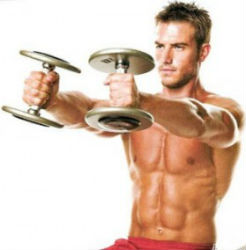 as well [as a machine does] and they will build compound mass.”
as well [as a machine does] and they will build compound mass.”
Dumbbells, barbells, and other free weights replicate natural motions, so they’re often safer than machines that put you into fixed, unnatural movement patterns.
The strength you gain with free weights is also more natural than strength built on a machine, which doesn’t transfer to real life.
With free weights, you also have the potential to build more muscle mass because you have to control and balance the weight; instead of letting a machine do it. Free weights are also more versatile. For example, you can do hundreds of exercises with a couple dumbbells.
2. Do Full Body Workouts
You need to work out your whole body, if you want to build muscle mass. Focus on compound exercises that work out multiple muscles at once and focus on working out your biggest muscle groups. Studies show that these types of exercises stimulate the highest growth hormone and testosterone production.
According to Bodybuilding.com, these are the top 5 mass building exercises:
1. Squats
2. Deadlifts
3. Bench Press or Chest Press
4. Military Press
5. Straight Leg Deadlift
Most of these exercises can be done with free weights.
Besides helping you build muscle mass, full body workouts are great for these reasons:
• They help prevent training plateaus
• They take less time; usually just 3 days a week
• They’re hard to do back to back, which forces you to make time for recovery
• They’re ideal for fat loss
3. Allow for Recovery
Working out too often and overworking your muscles, won’t help you build muscle mass. First of all, muscles grow when you rest; not when you work out. Second, studies show that growth hormone production can get shut down if you work out for more than 75 minutes.
 Aim to get 7-8 hours of sleep every night. Adequate sleep keeps hormone levels in balance and it stimulates the release of growth hormones, which promote muscle cell growth and reproduction.
Aim to get 7-8 hours of sleep every night. Adequate sleep keeps hormone levels in balance and it stimulates the release of growth hormones, which promote muscle cell growth and reproduction.
Drink plenty of water to stay hydrated, stock up on calories, and use a recovery shake or supplement.
If you’re doing full body workouts, take at least on day off between each one.
4. Eat Whole Foods
“Building muscle takes calories,” says Jeff Bayer, a writer for AskMen.com. “You simply cannot build tissue of any sort without energy.” However, Bayer warns, don’t eat more calories than your body actually needs or they will turn into fat.
Click here to see how many calories you need each day.
Most whole foods are full of the nutrients your body needs for muscle growth and recovery. And these foods aren’t usually as packed with calories as junk and packaged foods are. Not to mention the fact that “un-whole foods” have almost no nutritional value. Dietitians call them “empty calories.”
The whole foods that should be high on your to-eat list are:
• Protein: eggs, fish, meat, milk, poultry, etc…
• Carbs: brown rice, oats, quinoa, whole grain pasta, etc…
• Vegetables: broccoli, carrots, salad, spinach, tomatoes, etc…
• Fruits: apples, bananas, oranges, pears, pineapple, etc…
• Fats: fish oil, flax seed, nuts, olive oil, real butter, etc…
The majority of calories you eat should be from these and other whole foods.
5. Get More Protein
 “Your body uses protein to build and repair tissues,” says Neil Osterweil, a medical writer. “Protein is an important building block of bones, muscles, cartilage, skin, and blood.”
“Your body uses protein to build and repair tissues,” says Neil Osterweil, a medical writer. “Protein is an important building block of bones, muscles, cartilage, skin, and blood.”
Strength-training athletes should have between 0.5 to 0.8 grams of protein per pound of body weight, according to the American Dietetic Association.
So, if you weigh 150 pounds and lift weights regularly, you should be eating anywhere from 75 to 120 grams of protein a day.
Although, taking “too much” protein may not be dangerous, it won’t necessarily help you build more mass.
In one study, weight lifters were divided into low-protein, moderate-protein, and high-protein groups. At the end of the study, “there was no effect of varying protein intake on indexes of lean body mass.” One explanation is that your body has a limit to how much protein it can handle. Once you surpass the limit, the extra protein is wasted; not utilized.
Click here to see the 5 best protein powders of the year.
Yes, accomplishing your goal to build muscle mass will take work and dedication. But at least, the “know-how” part is out of the way. Now, the rest is up to you.
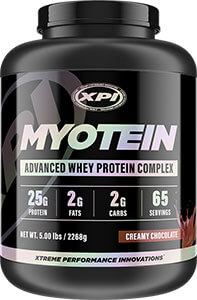
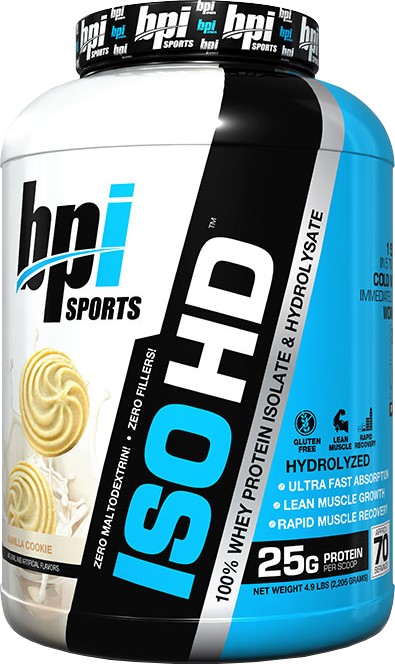
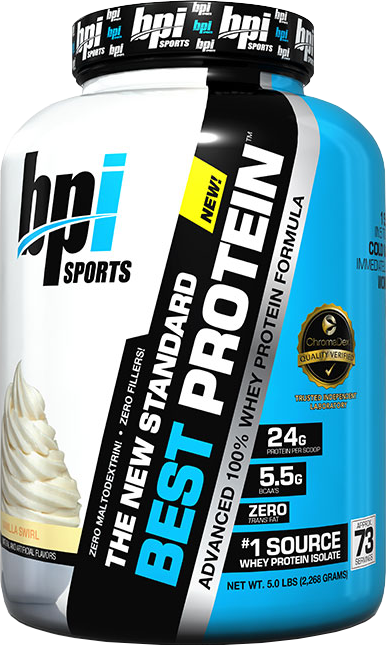
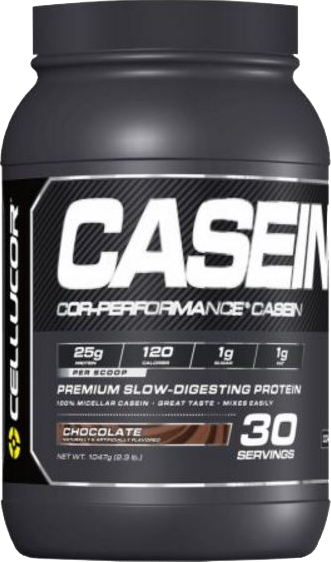
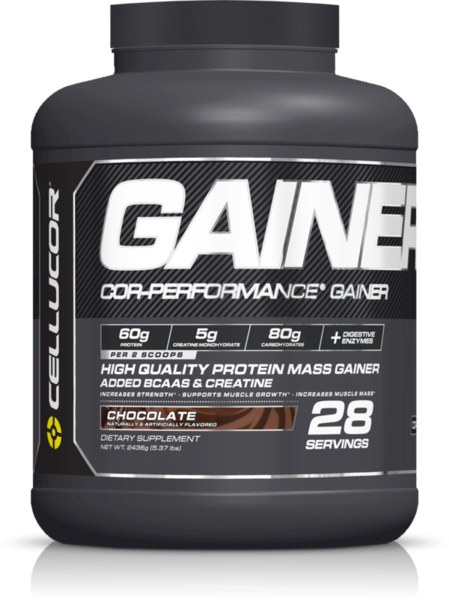
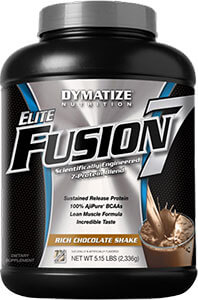
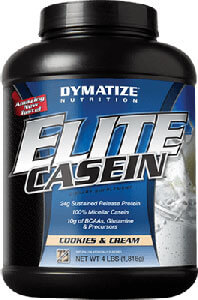
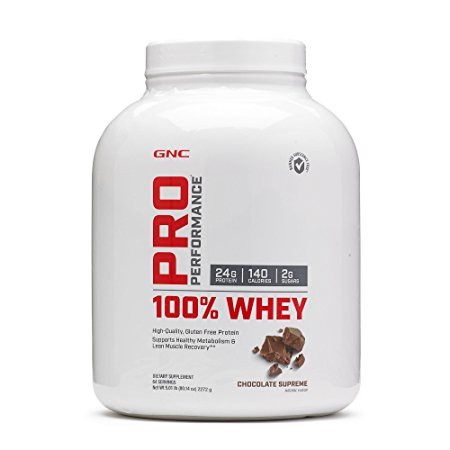
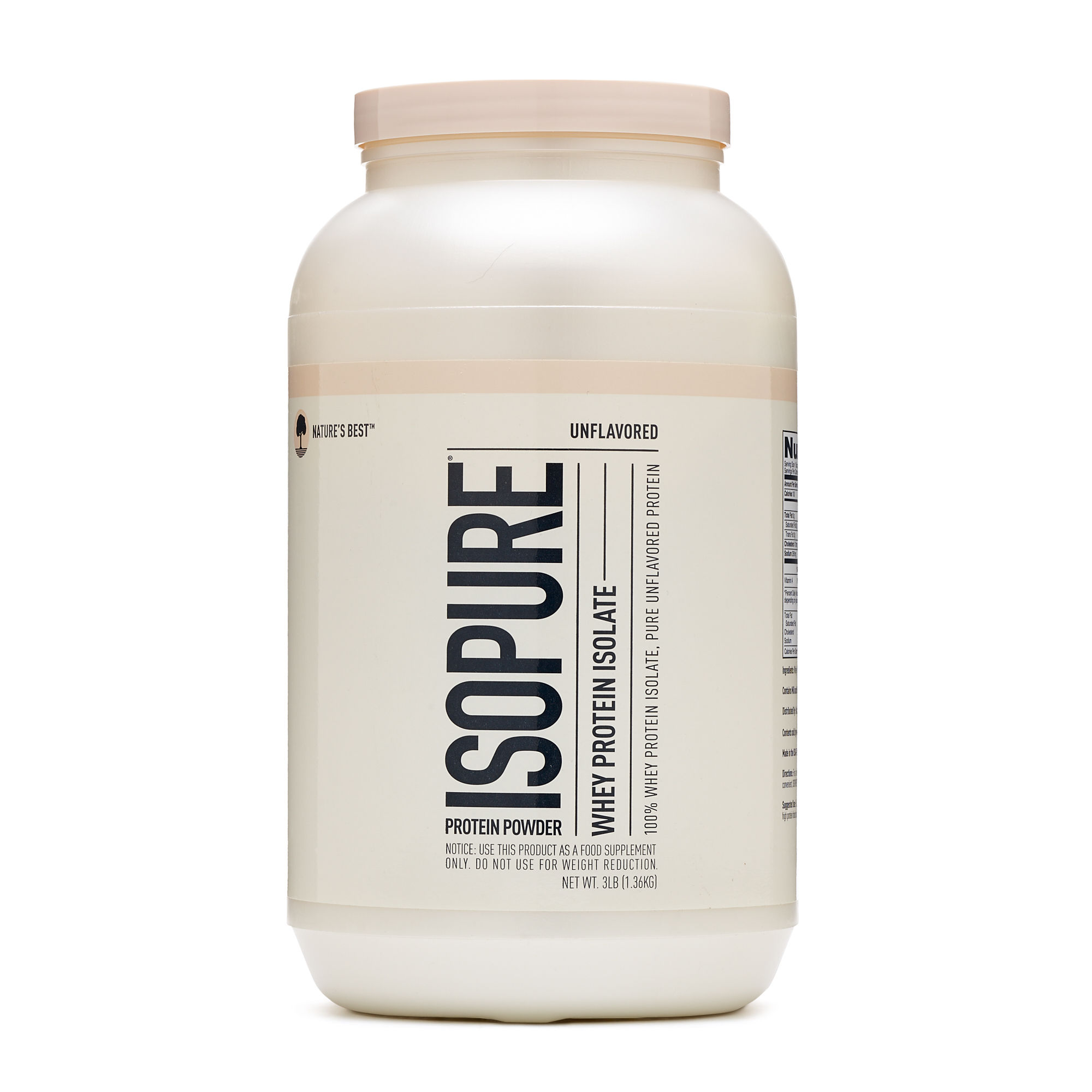
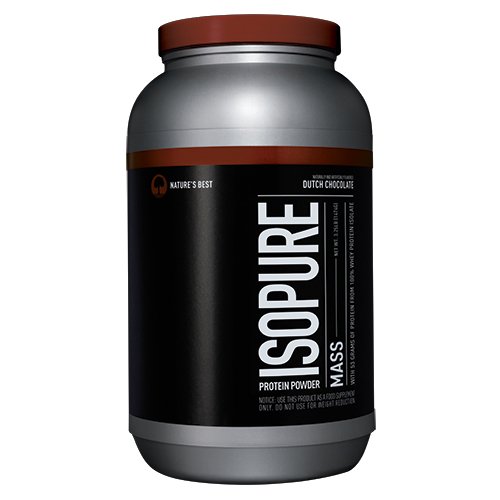
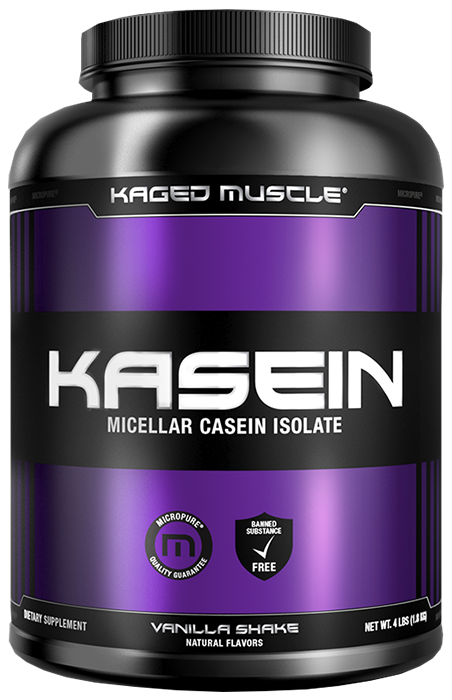
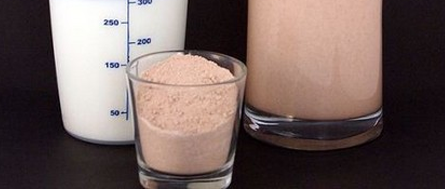
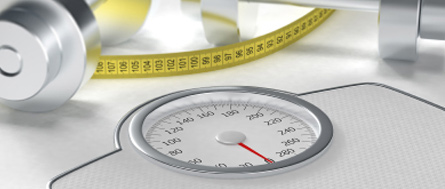
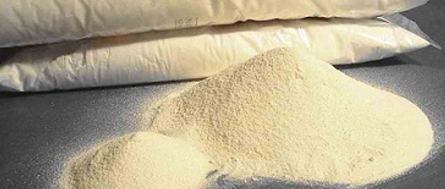
Leave a Comment on This Article